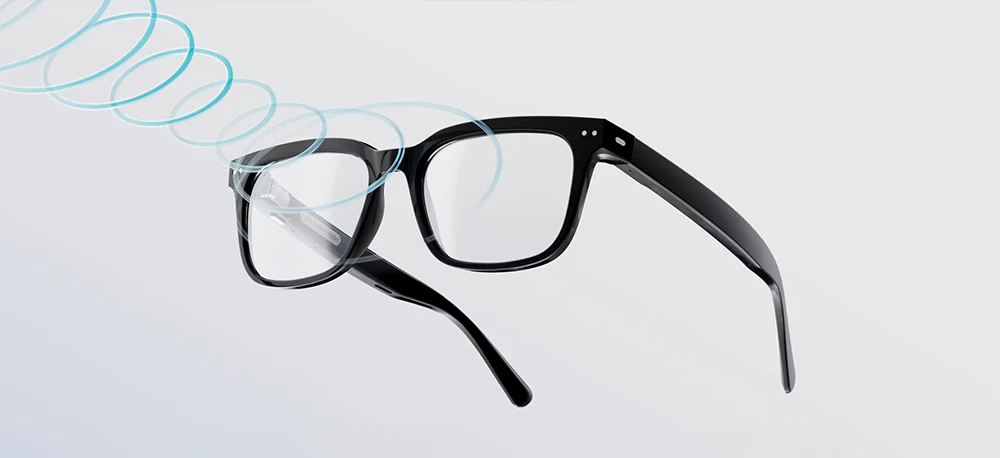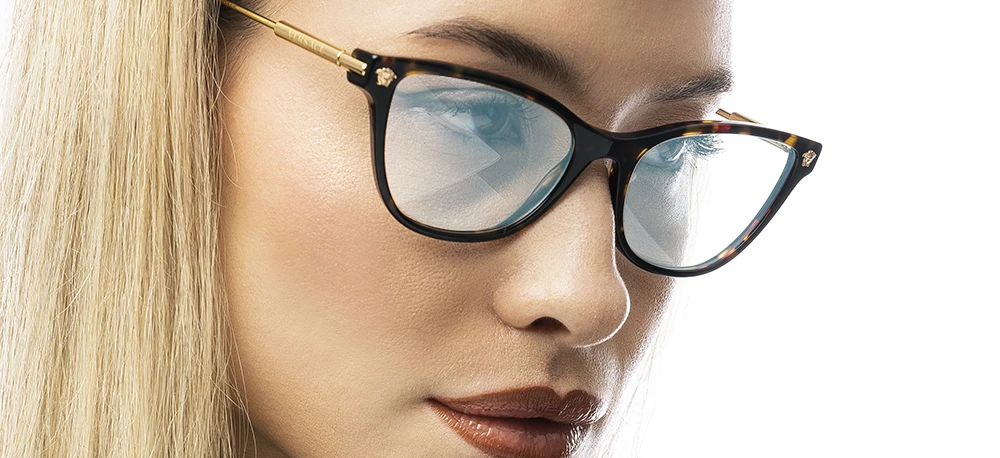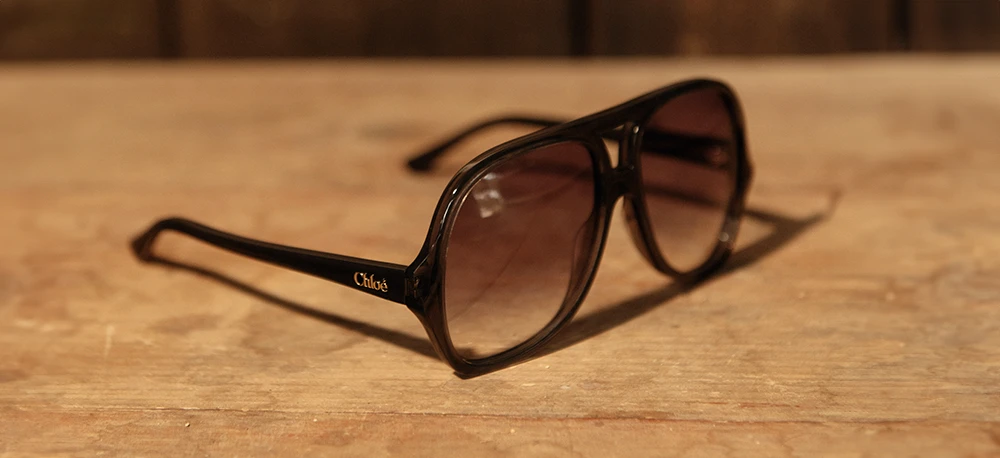Bifocal vs Multifocal Lenses: What’s the Difference and Which Should You Choose?

With presbyopia affecting millions from middle age onwards, the choice between bifocal and multifocal lenses has become a common consideration. While both options serve to correct multiple vision ranges, they do so in very different ways. Understanding these differences is essential to selecting the lens that best suits your lifestyle.
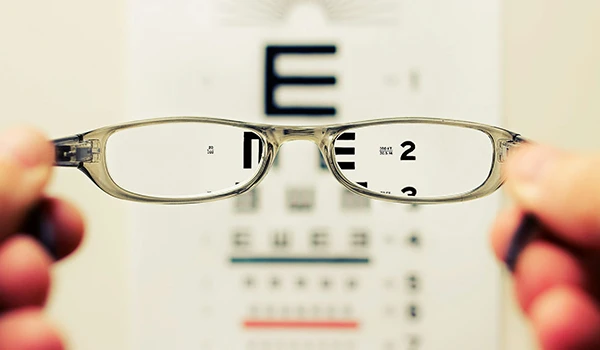
Understanding bifocal lenses: a traditional approach to dual vision
Bifocal lenses were one of the earliest optical solutions developed for people with presbyopia. They are designed to correct distance and near vision within the same lens, typically separated by a visible dividing line. The upper section aids in viewing distant objects, while the lower portion facilitates close-up tasks such as reading.
For those seeking a cost-effective and familiar solution, bifocals can still be suitable. However, they offer no support for intermediate distances, a limitation that becomes more noticeable with today’s increasingly digital lifestyles.
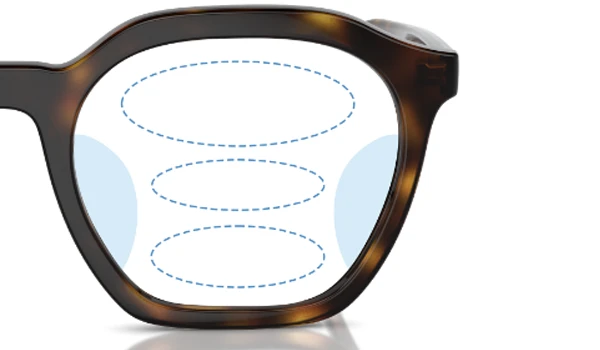
Multifocal lenses: seamless focus at all distances
Multifocal lenses — more commonly known as progressive lenses — represent a technological advancement over traditional bifocals. These lenses incorporate a gradual shift in power from the top to the bottom, allowing wearers to transition smoothly between distance, intermediate and near vision without any visible lines.
This design allows for a more natural viewing experience, particularly useful for people who switch frequently between activities like driving, reading, and working on screens. Their seamless appearance also makes them a more discreet and modern aesthetic choice.
Key differences: bifocal vs multifocal lenses
The primary distinction between bifocal and multifocal lenses lies in how they manage visual transitions:
-
Bifocal lenses are segmented into two zones, clearly separated by a dividing line.
-
Multifocal lenses offer a smooth gradient between different vision fields, including the crucial intermediate range.
From a visual standpoint, multifocal lenses provide better comfort, aesthetic appeal, and adaptability, particularly in contemporary work environments where digital screens dominate daily life.
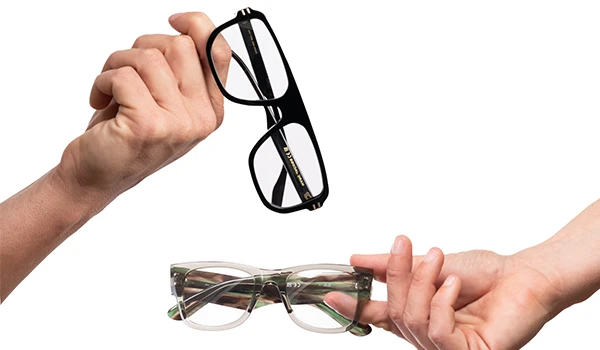
Pros and cons: how each lens type performs in practice
Each option has its advantages and limitations. Bifocals are easy to use and more affordable, but they come with a noticeable optical jump and lack visual coverage at intermediate distances.
Multifocals, by contrast, offer a fluid visual experience, but may require a brief adaptation period and typically cost more. However, their ability to accommodate all distances makes them the preferred choice for active professionals and tech users.
Which lens suits your lifestyle?
If your daily routine involves simple tasks like driving and reading, bifocal lenses might still serve your needs adequately. But for individuals who rely on screens, multitasking or constant focus transitions, multifocals provide greater visual efficiency and comfort.
Looking to enhance your lenses further? Consider technologies that increase functionality and protection:
Blue Light Filter Glasses: Why They’re Essential for Digital and Outdoor Protection
GEN S Transition Lenses: The Innovation That Transforms Eyewear E-Commerce
Investing in the right lens
The bifocal vs multifocal lenses decision isn’t just clinical — it’s personal. Choosing the right lens means considering how you use your vision throughout the day, what type of clarity you expect, and how much adaptability you require.






















































































